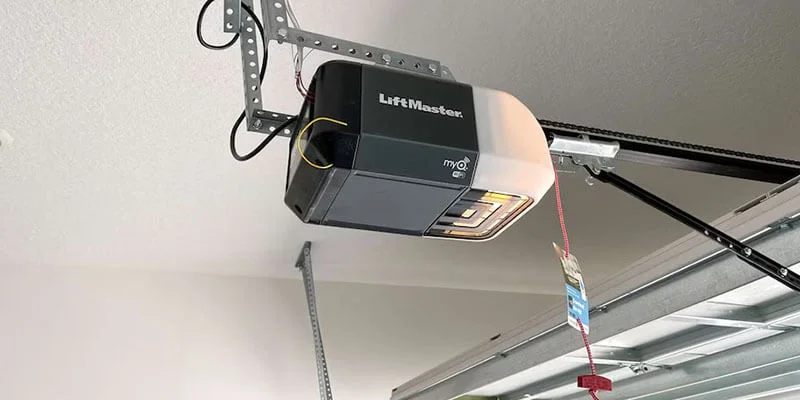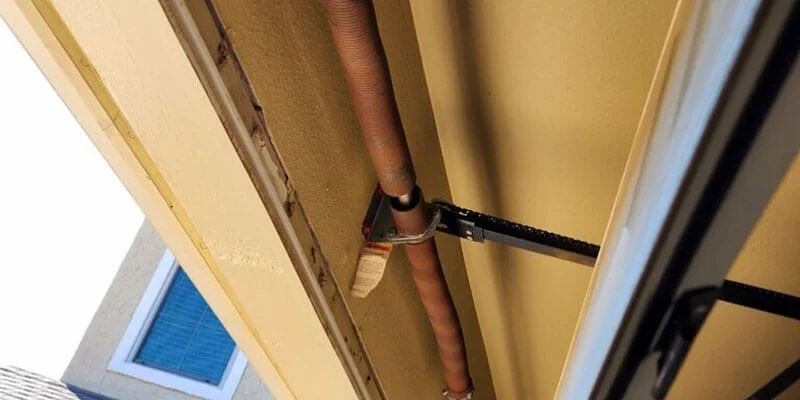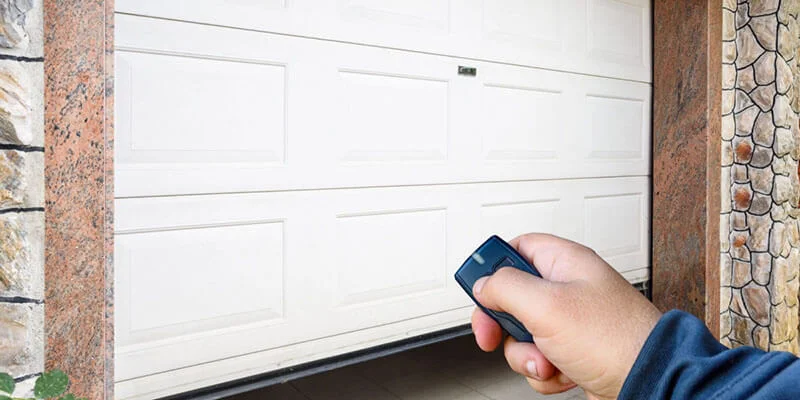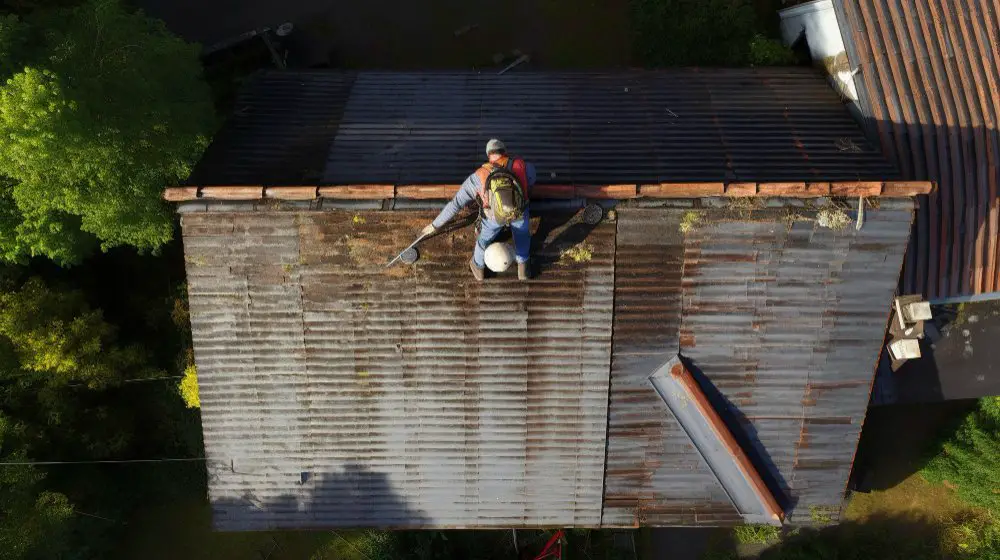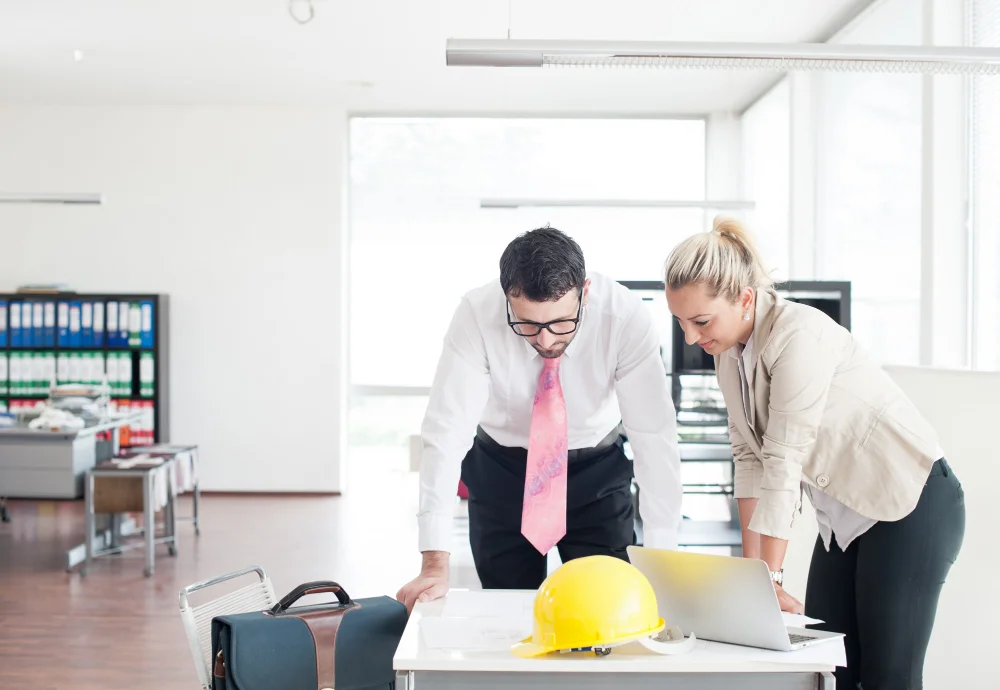Moving into a new house is an exciting adventure, but it can also be overwhelming.
There are so many things to consider and prepare before you move in to ensure a smooth transition. From deep cleaning to installing solar panels, several tasks need your attention beforehand.
This blog post will guide you through the top 10 things to do before you move in, ensuring that your new home is safe, secure, and ready for your arrival!
1. Deep Clean
Even if the previous owners cleaned before they left, you never know what dirt and grime might be lurking in corners or hidden spaces. Start by dusting all surfaces, including baseboards, vents, and light fixtures. Vacuum the floors and carpets and mop any hard flooring.
Next up is tackling the kitchen and bathrooms – two areas that require extra attention. Scrub down all appliances (including the inside of the fridge), countertops, sinks, toilets, and showers/tubs with disinfectant cleaners. Don’t forget to check for mold or mildew build-up around faucets or showerheads.
Don’t overlook outdoor spaces! Sweep decks/patios and clear out any debris from flower beds or surrounding landscaping. A good pressure washing can also do wonders for your home’s curb appeal.
2. Change Locks
You never know how many copies of the keys are floating around out there, and it’s always better to be safe than sorry. Changing your locks can also give you peace of mind knowing that you’re the only one with access to your new home. It’s a simple process that can be done quickly by a locksmith or even on your own if you have some experience with DIY projects.
When changing your locks, make sure to choose high-quality ones for maximum security. Look for options with bump-resistant pins and pick-resistant cylinders.
Another option is smart locks which allow you to control access through an app on your phone. This means no more worrying about lost keys or copying them for guests – simply grant temporary access via the app as needed.
3. Test Smoke and Carbon Monoxide Detectors
One of the most important things to do before moving into a new house is to test your smoke and carbon monoxide detectors. These detectors can save your life in case of an emergency, so it’s essential to make sure they’re functioning properly.
Start by checking the batteries in each detector and replace them if necessary. It’s recommended that you change the batteries in these devices every six months, so keep this in mind for future reference.
Next, press the “test” button on each detector to ensure that they’re working correctly. This will trigger a loud alarm noise, which should indicate that everything is functioning as intended.
If any of your detectors fail to sound during testing or have other issues (such as loose connections), you must address them right away. You may need to replace some or all of your detectors if they’re not working correctly.
4. Check for Leaks
Leaks can lead to costly water damage and mold growth, which can be hazardous to your health. Start by checking the pipes under sinks, around toilets, and behind appliances that use water like dishwashers and washing machines. Look for signs of moisture or discoloration on the walls or floors near these areas.
Inspect the ceilings for any stains or cracks that may indicate a leak from the roof. Check all windows and doors for drafts or evidence of previous water damage.
If you notice any leaks during your inspection, it’s important to address them as soon as possible before they cause significant harm. Hire a professional plumber if necessary to fix any issues with plumbing pipes or fixtures.
5. Add Solar Panels
Adding solar panels to your new home is a great investment, both for the environment and your wallet. Solar energy is renewable, and sustainable and can save you money on electricity bills in the long run.
Before installing solar panels, it’s important to assess your home’s energy needs and determine how many panels will be necessary. You’ll also need to consider factors such as roof size, shading from trees or nearby buildings, and local regulations.
Once you’ve determined that adding solar panels is feasible for your new home, it’s time to choose a reputable installer. Do some research into different companies in your area and read reviews from previous customers.
Installing solar panels typically involves mounting them onto the roof of your home and connecting them to an inverter that converts the direct current (DC) produced by the panels into usable alternating current (AC) electricity. Adding extra resources on solar panels to your new home can provide numerous benefits while reducing carbon emissions at the same time.
6. Install Window Treatments
When moving into a new home, it’s important to make sure that you have the right level of privacy and natural light. Installing window treatments is one of the most effective ways to achieve both.
Window treatments come in many different styles, from curtains and blinds to shutters and shades. When choosing your window treatments, consider the overall aesthetic of your home as well as any functional needs you may have.
For example, if you work night shifts and need to sleep during the day, blackout curtains or shades will be essential for keeping out sunlight. On the other hand, if you want more control over how much natural light enters a room, adjustable blinds might be a better option.
In addition to their practical benefits, window treatments can also add an extra layer of style and personality to your space. With so many patterns and colors available on the market today, there’s no limit to what you can do with your windows!
7. Check Electrical Outlets and Switches
When you’re moving into a new home, it’s important to check the electrical outlets and switches. This is an often overlooked step in the moving process, but it can save you a lot of trouble down the line.
Make sure all your outlets are working properly. Bring in a lamp or small appliance and test each outlet individually. If any aren’t working, you may need to replace them or call an electrician.
Check for any loose or damaged switches. Turn on and off all lights in each room to ensure they’re functioning properly. If any switches are faulty, have them replaced as soon as possible for safety reasons.
8. Address Any Safety Hazards
Addressing any safety hazards in the house should be at the top of your list before moving in. Check all entry points such as doors and windows for proper locks and security measures. Replacing old locks or adding additional locks will increase your home’s security.
Inspect staircases or balconies for loose handrails or missing railings which might cause accidents. Fix any issues immediately. Consider installing outdoor lighting around your property, especially near doorways or entrance areas as this can deter burglars from entering your premises.
Make sure you have a clear evacuation plan for emergencies such as natural disasters like fires etc., so everyone knows what steps to take when there is an emergency.
9. Locate Utility Shut-offs
It’s crucial to know where the main water, gas, and electricity valves are located in case of an emergency. Check with your realtor or landlord if they have any information on the location of these shut-offs. They may even provide you with a map or diagram for easy reference. If not, it’s time to do some exploring!
Start by locating your home’s electrical panel box which usually houses circuit breakers and fuses. This box should also have a switch that controls all power supply coming into your home – simply flip it off when needed.
Find your gas meter outside and follow the pipe leading from it into your house – this will lead you to the main gas valve inside. Make sure everyone in your household knows how to turn it off in case of emergencies.
Locate the main water shutoff valve. This can be found near where water enters your home through pipes from outside or at points where plumbing lines branch out throughout different parts of your house.
10. Pest Control
It is important to inspect the house for signs of pest activity such as droppings, webs, nests, and holes in walls. This can indicate the presence of various pests such as rats and cockroaches. Additionally, the exterior of the house should be inspected for any signs of entry points for pests.
This can include areas such as windows and doors that should be sealed off to prevent entry. Once identified, pest control measures such as insecticides and traps can be employed.
Additionally, it is important to dispose of any materials and waste that can serve as a food source for pests. Taking care of pest control before moving in is essential to prevent major issues down the line.
Know the Things to Do to Your House Before You Move In
Overall, it is important to know what to do to your house before you move in to have a smooth transition and make sure both you and your home are safe. Knowing various procedures such as pest control, insulation, and making sure the gas and electricity are sound, can lead to a successful transition.
Make sure to consult a professional beforehand to make sure your new home is secure from potential hazards. Start today to ensure your move-in date is hassle-free!
Feel free to visit our blog for more articles.







